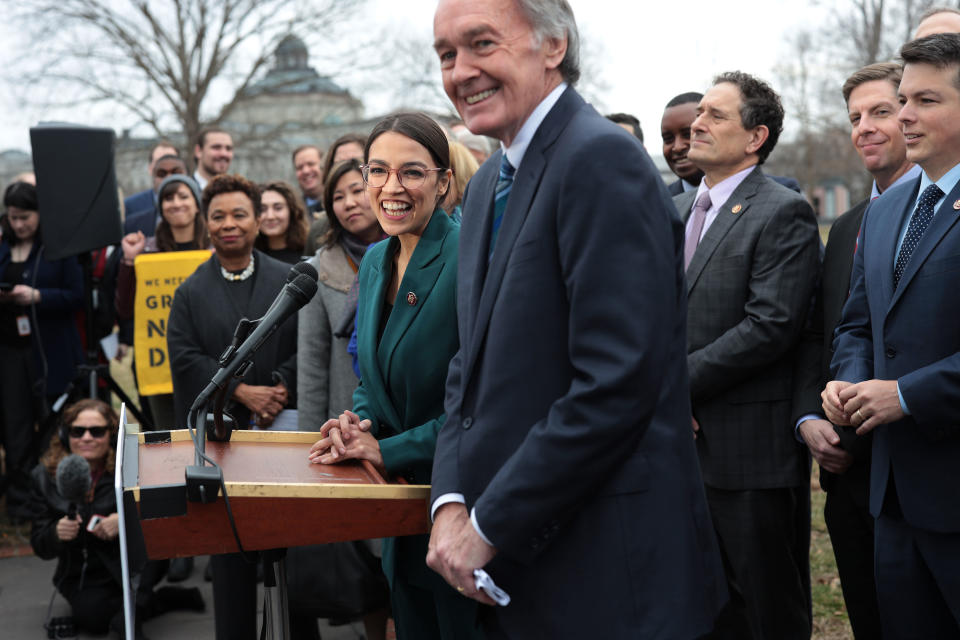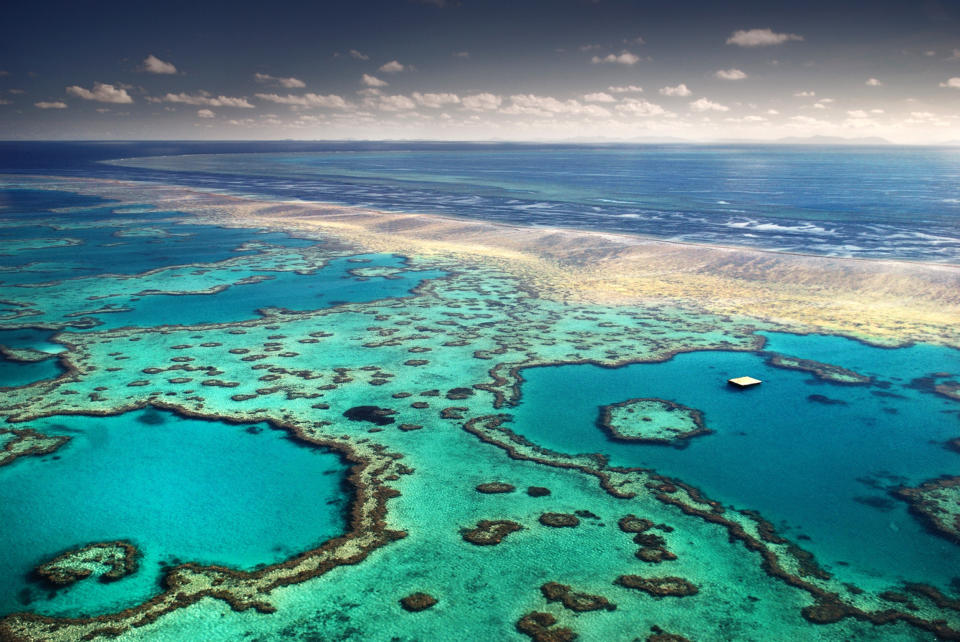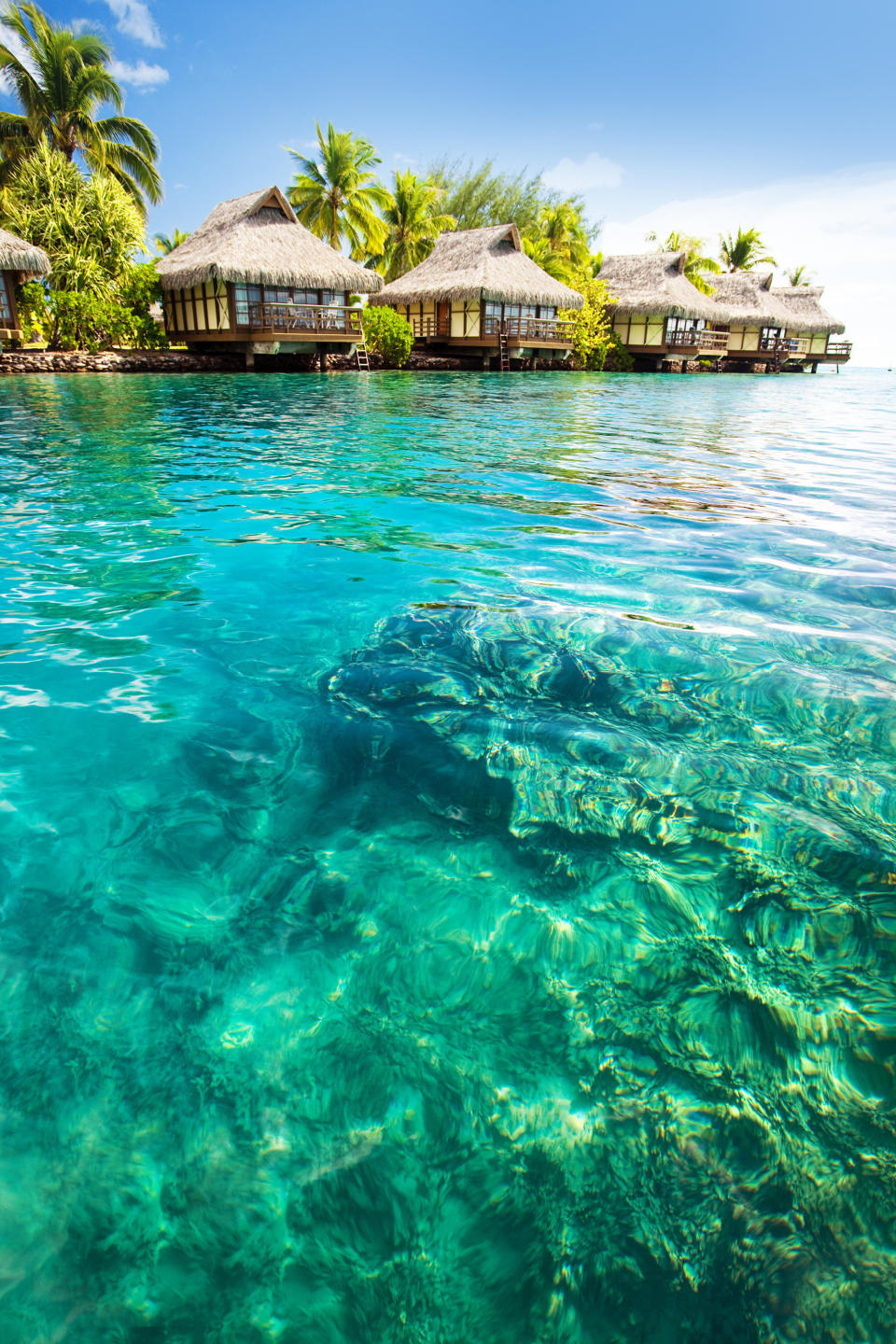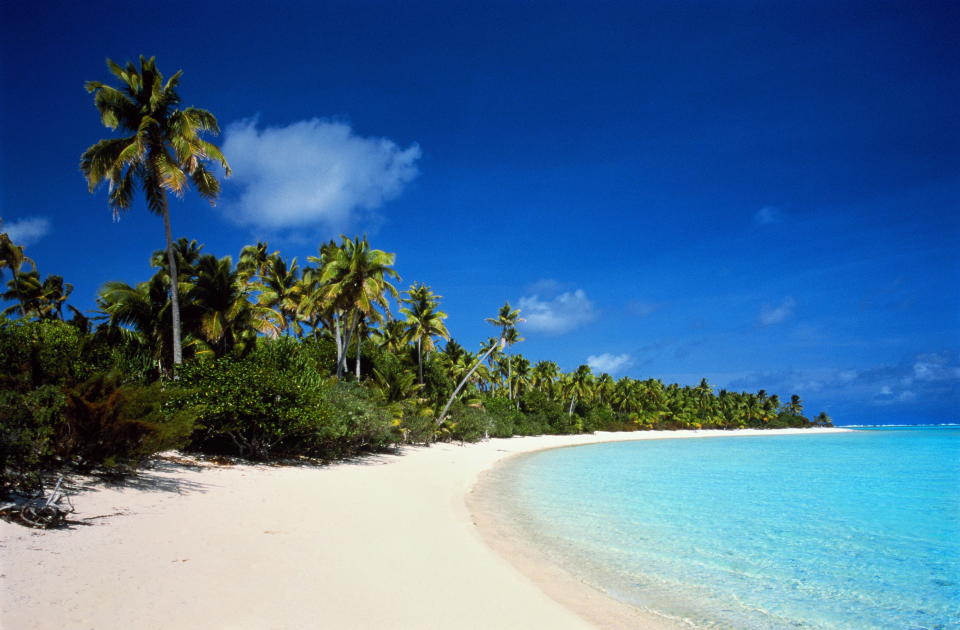The Green New Deal Debate Is Coming To A Town Hall Near You
The Green New Dealers are going local.
Sunrise Movement, the youth-focused climate justice nonprofit whose protests late last year helped spawn the Green New Deal, is planning to expand its upcoming 14-stop tour of the United States into a nationwide campaign with roughly 100 town hall meetings organized by its swelling ranks of local chapters, the group told HuffPost.
The events are aimed at drumming up support for the Green New Deal by explaining the local benefits of a sweeping national industrial plan to zero out greenhouse gas emissions and reduce poverty. The tour will include 10 big-ticket stops in cities including Boston; Des Moines, Iowa; and Paradise, California, which became ground zero for the state’s deadliest wildfire in history last year.
Members of Congress, activists and scientists are expected to speak at the events. A Sunrise Movement spokesman declined to confirm whether Rep. Alexandria Ocasio-Cortez (D-N.Y.) and Sen. Ed Markey (D-Mass.), the authors of a joint resolution on the Green New Deal, would attend.
“We put the Green New Deal on the map by taking action in Washington, D.C.,” Varshini Prakash, Sunrise Movement’s executive director, said in a statement. “But we know the fight will be won or lost in the hearts and minds of the American people and the resolve we show to making the Green New Deal a reality. That’s what this tour is about.”
The tour marks one of Sunrise Movement’s most ambitious enterprises to date. Founded in April 2017, the group cut its teeth canvassing for left-wing candidates in the 2018 midterm elections. It stormed into mainstream politics last November with a series of protests in then-incoming House Speaker Nancy Pelosi’s office, and has kept the heat up since. Last month, a cadre of teenage Sunrise Movement activists’ confrontation with Sen. Dianne Feinstein (D-Calif.) sparked a firestorm and prompted a fresh debate over the so-called “generational debt” incurred by years of burning fossil fuels.

Tuesday’s announcement comes a month after Ocasio-Cortez and Markey unveiled their resolution outlining the terms of what should be in a future Green New Deal legislation, including a push for generating as much renewable electricity as possible, revamping the farming sector and empowering minority communities suffering from pollution.
The resolution launched with an impressive 64 co-sponsors. Now, it has 100 ― 89 in the House of Representatives and 11 in the Senate.
But they’re all Democrats. Republicans, whose platform position on climate change was, until now, to question the science itself, found new footing on the issue in vehemently opposing the Green New Deal. The shift came as one poll in December found 64 percent of Republicans, including 57 percent of self-identified conservative Republicans, supported the core tenets of a Green New Deal.
Senate Majority Leader Mitch McConnell (R-Ky.) vowed to hold a vote on the resolution in what many interpreted as a ploy to split the Democratic caucus on the proposal. The GOP began smearing the Green New Deal as an effort to “take away your hamburgers,” as former White House adviser Sebastian Gorka put it at the Conservative Political Action Conference last month. Another breathlessly repeated criticism of the deal is that it will cost $93 trillion, an eye-popping estimate fabricated from a conservative think tank report, Politico reported.
To pass economic reforms as major as what’s proposed in the Green New Deal, Democrats will need a base of support far broader than anything ever assembled in pursuit of climate policy. So far, that’s a ways off.
The powerful building trades unions, which rely on the pipeline and coal train industries as reliable sources of high-wage jobs, oppose efforts to rapidly phase out fossil fuels. In February, the Laborers’ International Union of North America called the proposal “a bad deal” that “threatens to destroy workers’ livelihoods.”
The Green New Deal is facing criticism from the agricultural industry, too. Earlier this month, the National Farmers Union rejected a proposal to even start negotiating on what a Green New Deal could look like at its annual convention in Bellevue, Washington.
But Sunrise Movement is banking on its growing network of satellite groups to help make inroads with critics. The group has added more than 100 new local chapters since November, when it staged its protests in Pelosi’s office. That includes one chapter in Wyoming, the nation’s top coal-producing state, two in Nebraska, a hotbed of pipeline fights, and another two in deep-red Utah. Since November, Sunrise Movement has raised over $1 million.
“For decades, fossil fuel billionaires like the Koch Brothers have used the same playbook to fight any meaningful action on climate: deceive the public through elaborate PR campaigns and pull strings with the politicians they’ve bankrolled,” said Dyanna Jaye, Sunrise Movement’s organizing director.
“Now they’re scared about the Green New Deal’s momentum and are using that same playbook to try to stop us,” Jaye added. “We’re going directly to the American people to lay out how the Green New Deal would improve the lives of every person in this country, save for a handful of billionaire oil and gas CEOs.”
Related Coverage
As Green New Deal Fight Shifts To 2020, Young Activists Are Hitting The Road
Alexandria Ocasio-Cortez Unveils Landmark Green New Deal Resolution
Likely 2020 Voters Support Parts Of Green New Deal, Despite Reservations Over The Cost
Also on HuffPost
Love HuffPost? Become a founding member of HuffPost Plus today.
Alaska

Venice

Antarctica

The Great Barrier Reef

The Himalayas

The Maldives

The Alps

The Arctic

Micronesia and Polynesia

This article originally appeared on HuffPost.

